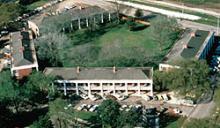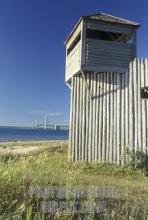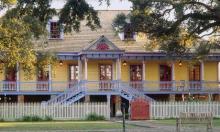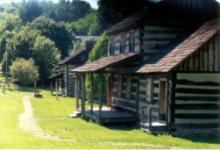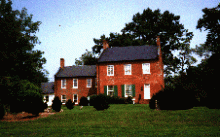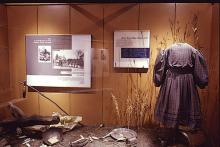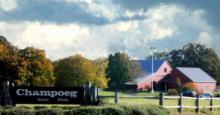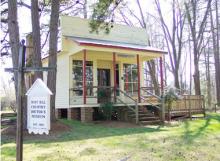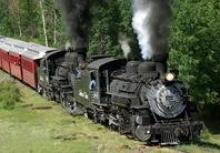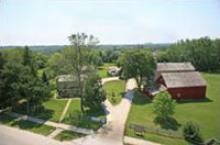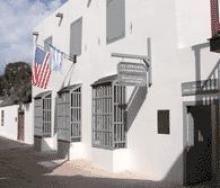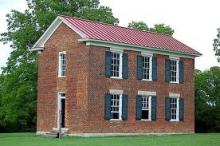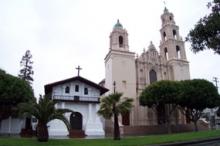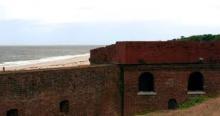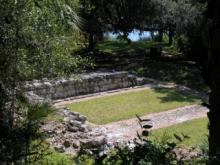Thomas Edison Depot
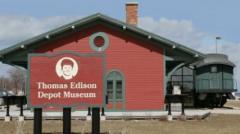
Opened on February 11, 2001, the Thomas Edison Depot Museum was the second satellite facility to open of what is now known as the Port Huron Museums. It is housed inside the historic Fort Gratiot depot built in 1858 by the Grand Trunk Railway, and is the actual depot that Thomas Edison worked out of as a news butcher between 1859 and 1863. Trains connecting here carried people and freight between Port Huron and Detroit, Point Edward/Sarnia (Ontario), and other destinations, linking Port Huron to the world.
Re-created period environments and hands-on inter actives invite visitors to become participants in this inspiring story and encourage them to apply their own creativity and ingenuity as they learn about Edison's life and his inventions.
The story traces the Edison family's relocation from Ohio to Port Huron, young Tom's boyhood and school experiences, his avid curiosity and scientific study fostered by his mother, adolescent entrepreneurial efforts and his work on trains in this very depot. A transitional area depicts Edison's struggles as a young adult as he drifted from one job to another, experiencing repeated setbacks in his inventions. This leads into the story of Edison the inventor. His successes and great contributions to society are presented through a sit-down theater experience, live science presentations, and hands-on inter actives.
In his writings and conversations, Thomas Edison often referred to his formative years in Port Huron. It is a place rich in history with connections to many great people and events. Outdoor exhibits surround the depot, providing insights into this heritage, highlighting Native American settlements, historic forts, the city's transportation links, and its importance as an immigration gateway to the United States.
Outside the depot, a restored baggage car rests on a spur of railroad track. Inside this baggage car, visitors discover a re-creation of young Edison's mobile chemistry lab and printing shop. This is also the unique setting for the Museum's gift shop, encouraging visitors to take home part of their experience at the Thomas Edison Depot Museum.











